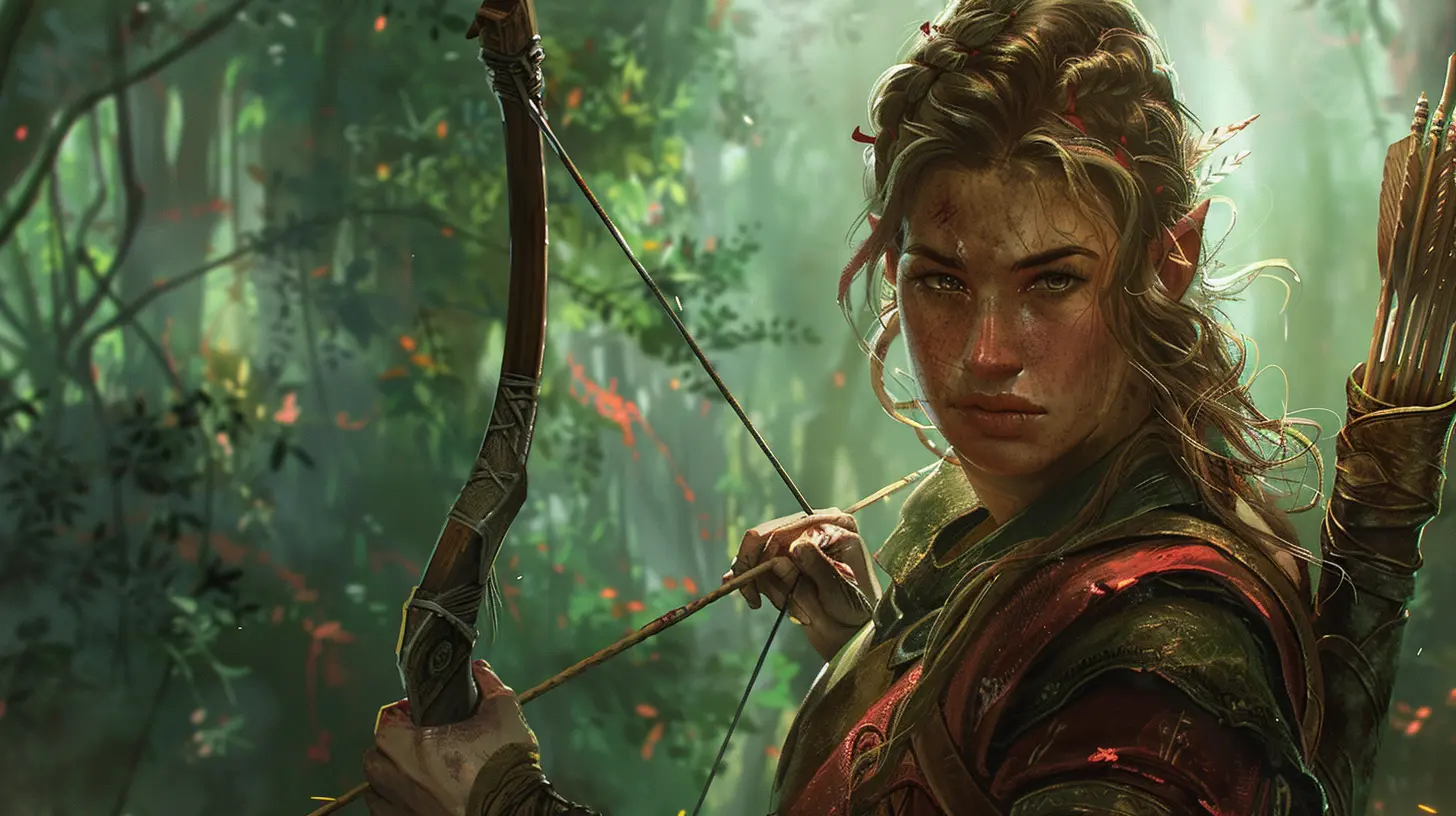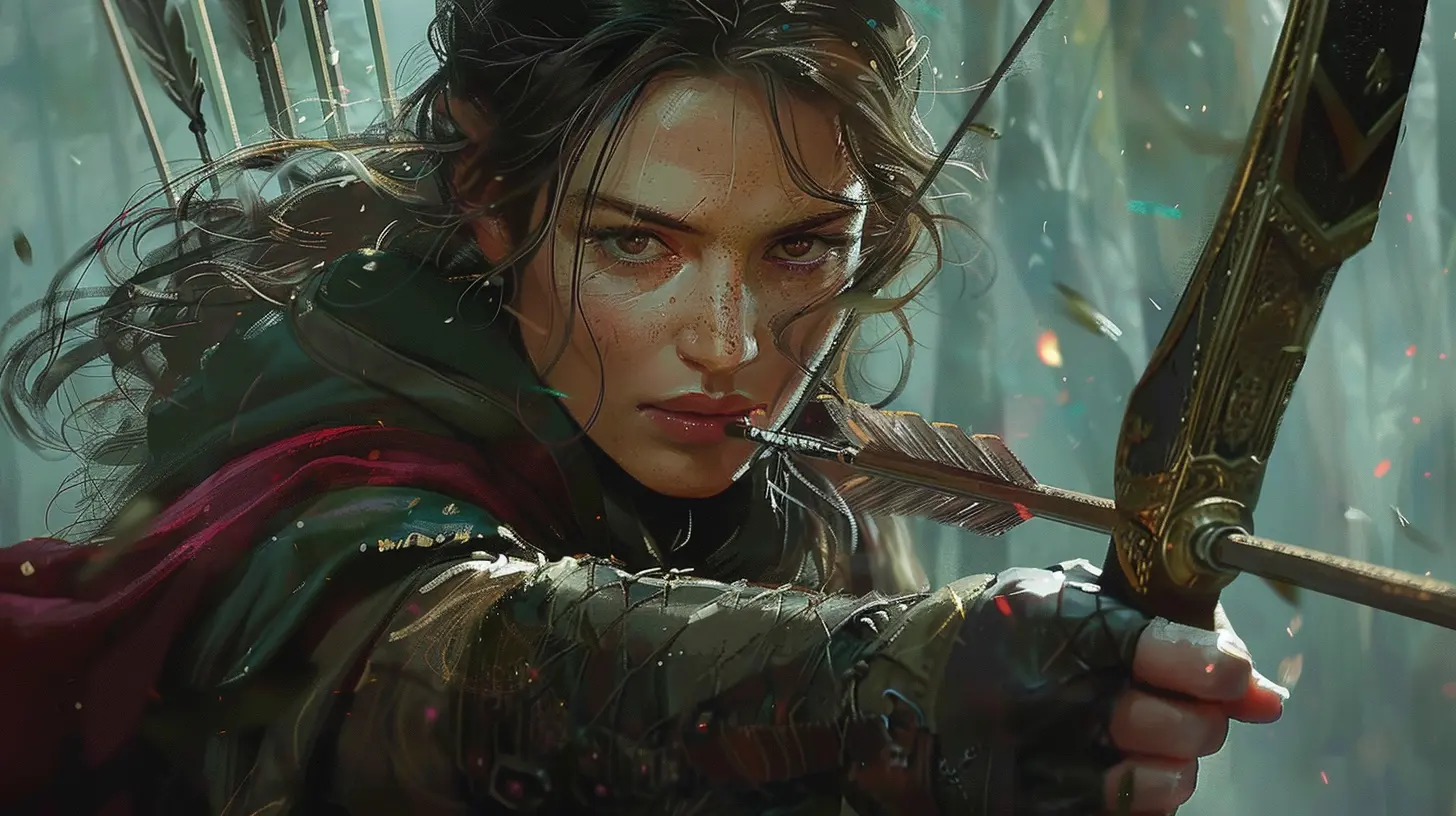Avoiding Common Mistakes in Character Planning
7 September 2025
Whether you’re brewing up the next RPG hero, writing a lore-heavy backstory for a tabletop campaign, or sketching out digital avatars for an open-world sandbox, character planning is the bread and butter of great storytelling and gameplay. But let’s be honest... it's easy to go off course. One second you're designing a knight with tragic pasts and noble intentions, and the next, you're staring at a walking cliché who feels more like a cardboard cutout than a living, breathing entity.
So, let’s sit down, sharpen our pencils (or plug in our keyboards), and talk about what really makes or breaks character planning. We’ll go deep into the slipups that even seasoned creators make—and more importantly, how to dodge them like a rogue with maxed-out agility.
What Is Character Planning and Why It Matters
Character planning isn’t just about giving someone a cool name and a snazzy outfit (though those are fun). It’s about crafting a personality, motivations, strengths, weaknesses, and a believable place in your world—whether that world is pixelated, paper-based, or sprawling across pages of lore.Characters are the heart of every game or story. They're the players' emotional anchors. Without well-thought-out character arcs or development, your game might look good but feel hollow. Ever played a game where you couldn’t care less if the protagonist succeeded or failed? Yeah, that probably boiled down to poor character planning.
The Trap of Overpowered Characters
Let’s tackle the God-Mode syndrome first. You know what I mean—the character that can’t lose, can’t get hurt, and always gets what they want. They sound cool on paper, but in reality? They're boring. If nothing goes wrong for them, what’s left to root for?Why It’s a Problem
A character without flaws or challenges is like watching a movie where the hero punches the villain in the first five minutes and then goes for brunch. Conflict is the engine of character development. Without setbacks, there’s no growth.How to Avoid It
- Give them a weakness—emotional or physical.- Create opposing forces that challenge them.
- Design their power to have limits or consequences.
Think of Superman. He’s crazy powerful, right? But his vulnerability to kryptonite and his moral compass give writers something to work with. Without those, he’d just be a flying wall of muscle.
The Cliché Factory: Falling Into Tropes
Clichés are everywhere—brooding orphans, mysterious loners, amnesiacs with hidden power. They’re not inherently bad, but when overused or left unexplored, they turn characters into walking stereotypes.Why It’s a Problem
Stereotypes don’t surprise us. They don’t inspire emotion. They often feel like lazy shortcuts rather than meaningful builds. When players can guess a character’s entire story arc after ten seconds, you’ve lost the element of curiosity.How to Avoid It
- Twist the trope. Make the mysterious loner overly chatty or the noble knight morally gray.- Base characters off real people and experiences.
- Ask “why” over and over. Why do they act this way? Why do they hide their past?
Just like grandma’s secret recipe, the more personal ingredients you throw in, the tastier and more unique the result.
Ignoring Backstory or Overloading It
Let’s talk about backstory. Some creators skip it entirely—“They’re a warrior. That’s enough.” Others drop an encyclopedia of lore on their first gameplay intro. Both extremes miss the mark.Why It’s a Problem
No backstory? Your character feels hollow. Too much backstory? Players feel overwhelmed and disconnected. Ever been hit with a 10-minute cutscene before gameplay even starts? Not fun.How to Avoid It
- Drip-feed backstory naturally throughout the game or story.- Show, don’t tell. Let actions hint at past events.
- Make the backstory relevant to current conflicts or decisions.
Use backstory as seasoning, not the entire dish. A dash gives flavor, a flood ruins the meal.
Lack of Character Motivation
What does your character want? If you can’t answer that in one clear sentence, hit the brakes. Motivation is the compass that guides everything—from dialogue to decisions to relationships.Why It’s a Problem
Without clear motivation, characters drift. They feel reactive instead of proactive. They become plot accessories instead of story drivers.How to Avoid It
- Define their core desire: revenge, redemption, discovery, freedom, love—whatever.- Then ask: what’s in their way?
- Let their decisions stem from this internal drive.
Think of Geralt from The Witcher. His motivations shift, but they always feel real—whether it’s protecting Ciri, finding Yennefer, or just surviving this unpredictable world.
One-Dimensional Characters: Flat as a Pancake
We’ve all created them at some point—one-note characters who serve a single purpose and never evolve. They’re the comic relief, the wise mentor, the evil villain... and that’s it.Why It’s a Problem
One-dimensional characters barely feel alive. They don’t grow, they don’t change, and they don’t stick in the player’s memory. We remember characters that surprise us, that evolve, that show layers.How to Avoid It
- Ask: What’s their biggest fear? What secret are they hiding?- Think of how they act under stress, or when no one’s looking.
- Show contradictions: a warrior with a soft spot for cats, a villain who volunteers at orphanages.
Depth = connection. And connection is character gold.
Inconsistent Personality Traits
Consistency doesn’t mean your character never changes, but it does mean their behavior lines up with their personality, experiences, and goals. Nothing snaps immersion more than when a noble hero suddenly becomes a jerk without warning—or vice versa.Why It’s a Problem
Inconsistencies confuse players. If your characters don’t act like themselves, they stop feeling real.How to Avoid It
- Write out a character profile with key personality traits.- Consider how they react to stress, joy, fear, and betrayal.
- When they change, show the why. Give players that journey to believe the shift.
Think of it like growing a plant. You can’t jump from seed to tree overnight. Let it unfold naturally.
Neglecting Relationships and Interactions
Characters don’t exist in a vacuum. Relationships shape them—friends, rivals, enemies, lovers, mentors. Too often, these dynamics are ignored or loosely defined.Why It’s a Problem
People are social creatures. Even lone wolves are affected by those around them. When character interactions are flat or missing, your world feels emptier.How to Avoid It
- Craft character relationships with as much care as their individual traits.- Let players experience those interactions: loyalty tests, betrayals, bonding moments.
- Show growth—how these relationships change over time.
Games like Mass Effect or Dragon Age thrive on character relationships. They raise the stakes and deepen emotional investment.
Not Considering Player Choice (for Interactive Games)
If you're designing for an RPG or any game with player choice, your characters need to support branching narratives. Ignoring this makes characters feel scripted and stiff.Why It’s a Problem
When player choices don't seem to affect character interactions or development, players disengage. It feels like they're being railroaded instead of collaborating in the storytelling.How to Avoid It
- Map out possible reactions to key decisions.- Let relationships evolve based on choices.
- Design characters that can change, not just react.
The magic of interactive stories is the unpredictability—embrace it!
Forgetting About Visual and Audio Cues
Yep, character planning goes beyond bios and backstories. How they look, sound, and move tells just as much as dialogue or narrative text.Why It’s a Problem
If a character’s voice, gestures, or outfit don’t match their personality, it creates dissonance. Players notice—even if they can’t explain why something feels “off.”How to Avoid It
- Align visual design with personality. A stealthy rogue probably isn’t stomping around in neon armor.- Use voice tones and animations to express emotion.
- Let the design support the story.
Think about Ellie from The Last of Us. Her expressions, posture, and voice show us everything she’s feeling, even when she’s not saying a word.
Final Thoughts: Character Planning Is a Living Process
Your characters will evolve as your story or game does. Don't be afraid to adjust their arcs, deepen their flaws, or explore new sides of them as you create. The best characters feel alive, because they were built with care, curiosity, and a whole lot of trial and error.The key is to keep asking questions—“What if they did this?” “Why would they care about that?” “How would they react if...?” Character planning isn’t a checklist. It's a conversation between you and your imagination.
Mistakes? They’re part of the process. What matters is spotting them, learning from them, and doubling down on what makes your characters unforgettable.
TL;DR – Quick Checklist to Avoid Character Planning Mistakes:
- [ ] Avoid Overpowered Traits – Leave room for struggle.- [ ] Dodge Clichés – Or at least twist them.
- [ ] Balance Backstory – Don’t overload or ignore it.
- [ ] Define Clear Motivation – Know what drives them.
- [ ] Add Depth – Flaws, layers, contradictions.
- [ ] Stay Consistent – Personality should align with actions.
- [ ] Build Relationships – Think beyond solo arcs.
- [ ] Account for Player Choice – Allow for evolution.
- [ ] Align Design – Looks and sounds matter.
- [ ] Be Flexible – Great characters grow with the story.
Happy character building, and may your creations be as memorable as the world they live in.
all images in this post were generated using AI tools
Category:
Character BuildsAuthor:

Francesca West
Discussion
rate this article
1 comments
Pilar Snyder
Great insights on character planning! I appreciate the emphasis on balancing strengths and weaknesses. Avoiding common mistakes really enhances gameplay and storytelling. Looking forward to implementing these tips!
September 13, 2025 at 3:22 PM

Francesca West
Thank you! I'm glad you found the tips useful and that you're excited to implement them. Happy storytelling!


